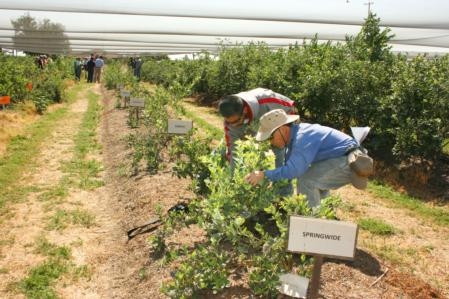
The audit, performed by the independent third party Primus, requires extensive documentation – including such details as inspection of field worker sanitation facilities and hygiene training, pre-harvest fruit sampling and laboratory testing for pesticide residues, records of worker safety training, employing expert pest control advisers using IPM practices performed by certified applicators, even the number of tractor hours involved in production, when the tractor oil was last changed and how the old oil was disposed. The report also documents details about crop inputs, such as pesticides used, the calibration of spray rigs, etc.
“This year because of a three-year history of more than 97 percent assurance in Global Food Safety requirements, we are not required to spend the many hours required in a full audit, submitting documentation and lengthy inspections to meet the standards,” said Alan Cary, the KARE safety coordinator.
Cary estimates this year’s exemption from documentation will save 40 hours of labor.
“I want to thank KARE’s farm operation staff for their support in continuously exceeding food safety requirements for products that are harvested and shipped from KARE to consumers around the globe,” Cary said.
The 3.61-acre blueberry plot at KARE is a research planting for UC Cooperative Extension farm advisor Manuel Jimenez. The plot provides not only valuable science-based information for California’s blueberry farmers and industry, but also some crop income to help offset the research costs.